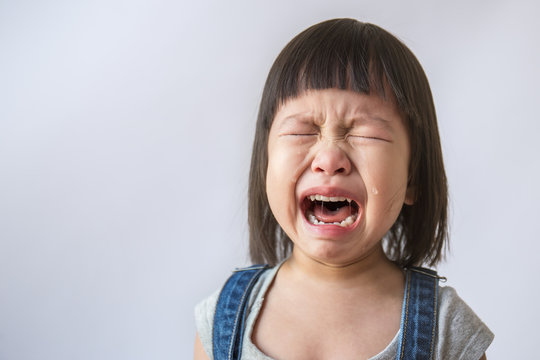When Your Child’s Eyes Are Always Watering
Occasional watery eyes in babies and young children are not uncommon. But when tearing becomes constant, accompanied by discharge, redness, or swelling, it may indicate a childhood tearing disorder such as congenital nasolacrimal duct obstruction (NLDO).
At London Eye & Retina, we offer comprehensive assessments for children with persistent eye watering. With early evaluation and appropriate care, most cases can be managed effectively and comfortably.
What Are Childhood Tearing Disorders?
Tearing disorders in infants and children are typically due to:
- Blocked tear drainage (nasolacrimal duct obstruction) – the most common cause in babies
- Overproduction of tears due to irritation, allergies, or infection
- Abnormal eyelid anatomy (e.g. entropion or epiblepharon)
- Tear duct infections (dacryocystitis)
- Other structural or acquired problems affecting tear flow
The tear system includes small openings (puncta) on the inner corners of the eyelids, which drain tears into the nose via the nasolacrimal duct. If this system is underdeveloped or blocked, tears overflow onto the cheek.
What Causes Blocked Tear Ducts?
Congenital nasolacrimal duct obstruction (CNLDO) is the most common cause of tearing in infants. It occurs when the duct that drains tears into the nose remains partially or completely closed after birth.
This condition affects up to 20% of newborns, although many improve naturally by their first birthday.
Other causes of tearing in children include:
- Allergies
- Conjunctivitis
- Eyelid malpositions (e.g. lashes rubbing against the eye)
- Trauma or nasal abnormalities
What Are the Symptoms?
Parents may notice:
- Constant watery eyes, even when the child isn’t crying
- Mucous or yellow discharge in the inner corner of the eye
- Crusting of lashes, especially after sleep
- Redness or mild swelling near the tear duct
- Rubbing of the eyes due to discomfort
If there is infection, the area may become tender or swollen, and the child may be more irritable than usual.
When Should You Be Concerned?
Most cases of tear duct blockage improve on their own by age 6–12 months. However, you should seek an eye specialist’s review if:
- Tearing persists beyond 12 months
- The discharge becomes thick or frequent
- The eye becomes red, swollen, or tender
- Your child experiences frequent eye infections
- There’s concern about eyelid position or lash irritation
Early intervention may reduce the risk of infection and discomfort.
How Is It Diagnosed?
At London Eye & Retina, we perform a child-friendly eye examination that includes:
- Observation of tearing pattern and discharge
- Eyelid and lash assessment
- Examination of the tear duct openings (puncta)
- Fluorescein dye disappearance test to assess tear drainage
- Digital pressure test to check for reflux of fluid from the duct
- Review of any related nasal or systemic concerns
We tailor our approach based on your child’s age, comfort, and developmental stage.
Treatment Options
Treatment depends on the cause and severity of the tearing. For blocked tear ducts:
- Lacrimal massage (Crigler technique) is often recommended for infants under 1 year
- Topical antibiotics may be prescribed if there is associated discharge or infection
- Probing of the tear duct may be performed if symptoms persist beyond 12 months
- Dacryocystorhinostomy (DCR) is reserved for complex or older cases involving structural issues
For other causes (e.g. eyelid malposition or allergies), treatment will be directed accordingly.
Helping Your Child Stay Comfortable
Persistent tearing can affect your child’s vision and comfort, especially during key stages of visual development. With timely diagnosis and appropriate treatment, most children do very well.
We’re here to support you through every step, from evaluation to follow-up and, if needed, minor procedures.
Let’s Get to the Root of the Tearing
If your baby or child has persistent watery eyes or discharge, it’s worth having them checked. Early management can help prevent infection and support healthy vision development.
Book a children’s eye consultation at London Eye & Retina for a gentle, thorough assessment of your child’s tear ducts and eye health.
Clear Eyes, Healthy Start


